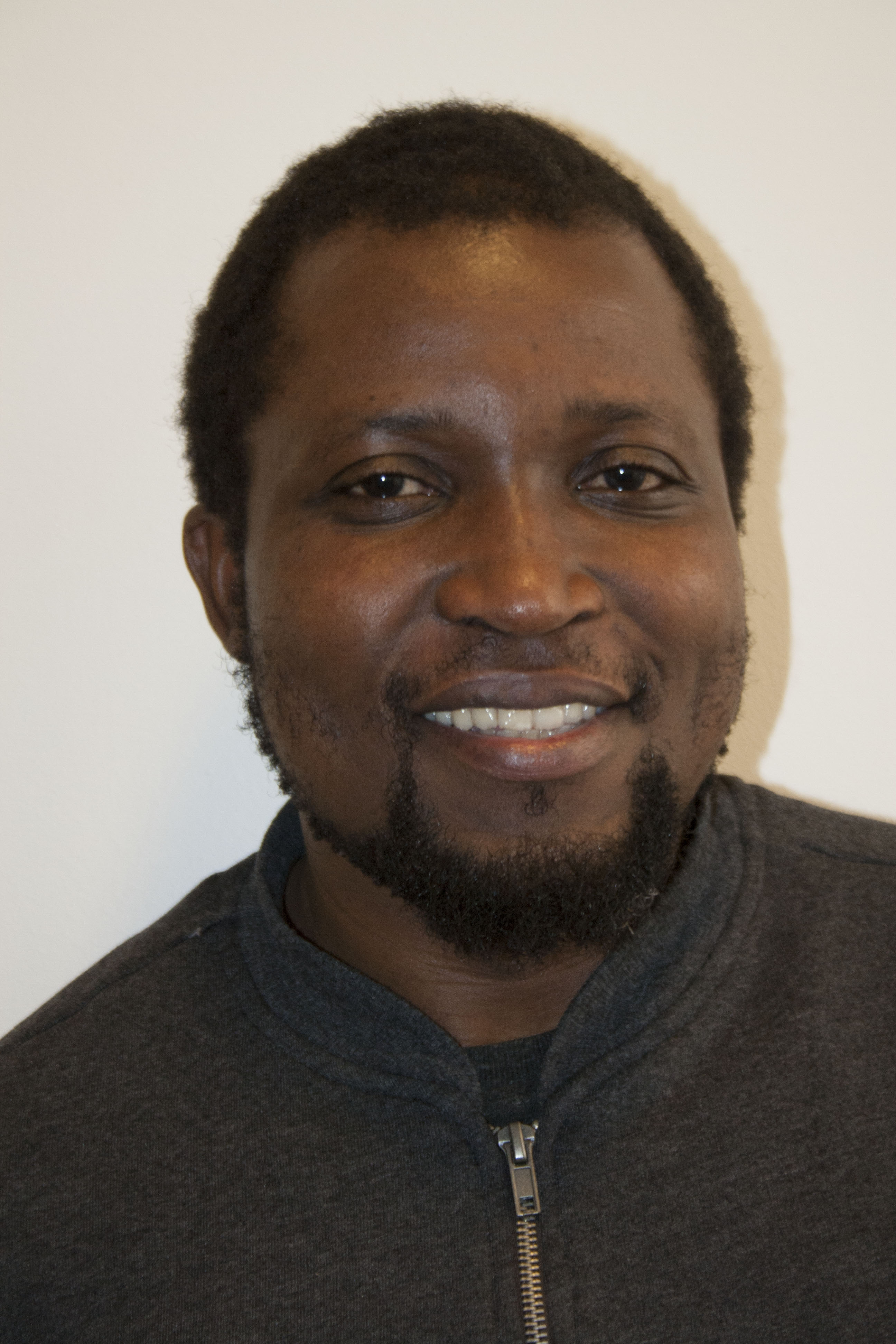MSc defence by Gift Tsokonombwe
 Gift Wellington Tsokonombwe, MSc Fellow in geology at the University of Iceland will give a presentation on his MSc project on Friday 23 June, 2017 at 11:00 at University of Iceland, Askja building, room N-130.
Gift Wellington Tsokonombwe, MSc Fellow in geology at the University of Iceland will give a presentation on his MSc project on Friday 23 June, 2017 at 11:00 at University of Iceland, Askja building, room N-130.
The title of the project is:
Hydrogeochemistry modelling of Chiweta geothermal prospect, Northern Malawi
Gift's supervisors are:
Dadi Thorbjörnsson, Sigurður Garðar Kristinsson, at ISOR, and Andri Stefánsson at University of Iceland.
The external examiner will be Bjarni Reyr Kristjánsson, of Reykjavik Energy.
Everyone's welcome to attend.
Abstract
The geothermal and non-geothermal water chemistry, structures and geology associated with Chiweta geothermal prospect was studied. The aim was to identify structures and associated geology controlling the geothermal system recharge and discharge. It also necessitated to quantify main chemical and physical characteristics of the geothermal water.
Litho-structural surface mapping and remote sensing data was used to delineate structures and associated geology. Hydrogeological, geothermal mapping coupled with water chemistry was used to track water movement and quantification of related processes.
Tectonic structures play an essential role in enhancing water flow from recharge area, within the geothermal system and out flow zone of the Chiweta. Driven by hydraulic gradient at an elevation above 1200 m, the recharged water percolates underground through reactivated pre-Cenozoic and Cenozoic faults and fractures of NW-SE and NE-SW trending that sliced Karroo sedimentary beds and metamorphosed basement rock. At depth, the faults and fractures are assumed to create geothermal reservoir by enhancing permeability of the subsurface rocks. Thermal water hosted by metamorphic and Karroo sedimentary rocks emerge along NW-SE fault lineaments as hot springs, thermal altered grounds and shallow hot water borehole. Surface temperatures of thermal springs are about 80°C. Bottom temperature of the drilled well reached 46°C at 32 m depth.
Proposed preliminary conceptual model of the geothermal system suggest the Chiweta geothermal system is a low temperature fault controlled geothermal system in sedimentary environment. The recharge waters belong to Ca-Mg-HCO3 typewith temperature between 23 to 33°C and pH of 5.7-7.5. The inflow waters attain the heat from elevated geothermal gradient at depth, an anomaly assumed to be associated with crustal thinning due to Malawi Rift spreading. All thermal waters belong to Na-Cl-SO4-HCO3 facies. Chemical geothermometers suggest the subsurface reservoir temperature of about 132-157°C. Multiple mineral equilibria and mixing models are in good agreement with the solute geothermometers estimated subsurface temperature range. The elevated temperature is enough to drive dissolution of host rock and ion exchange reaction in the reservoir of the geothermal system that modify chemical composition of reservoir and thermal springs water to Na-Cl-SO4-HCO3 facies from recharged Ca-Mg-HCO3 watertype. No boiling is occurring during ascent of the thermal waters but steaming at the surface causes minimal δD and δ18O isotopic fractionation. Reservoir pH is slightly lower than in situ pH in the liquid phase due to loss of acid gases, mainly CO2. Saturation of calcite and quartz is low in thermal spring waters indicating limited scaling potential. Reconstructed reservoir waters are saturated in talc, chrysotile, quartz and calcite indicating high chanced of scaling.
Both thermal and non-thermal waters of the Chiweta system originate as precipitation in the southwest western highlands as indicated by δD and δ18O stable isotopes. Heavily enriched δD and δ18O isotope lake water does not contribute to recharge of the geothermal system.

